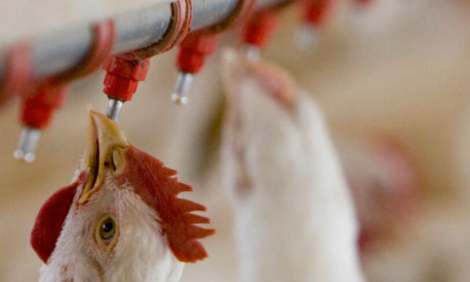



Antibiotic resistance stable in the Netherlands in 2020
During the Coronavirus outbreak, bacteria resistant to antibiotics has remained the same as before the pandemic in patients in the Netherlands.In addition, the number of bacteria that are resistant to various antibiotics at the same time, making it more difficult to treat them, remained the same. The long-term effects of the corona outbreak on antibiotic resistance are not yet clear.
This is shown in the annual NethMap/MARAN report for 2021, in which various organizations jointly present data on antibiotic use and antimicrobial resistance in the Netherlands, for both humans and animals.
Over the entire world, we are seeing increasing numbers of infections caused by bacteria with resistance to antibiotics. This problem is less severe in the Netherlands than in many other countries. However, due to the global situation, it remains important to be on the alert in the Netherlands. If the problem of resistance does increase, it will then be easier to detect it in time.
Fewer antibiotics prescribed
To prevent antibiotic resistance from developing, it is important to use antibiotics properly and only when necessary. General practitioners prescribed approximately 10% fewer courses of antibiotics in the past year compared to previous years. Due to the Covid 19 measures, such as social distancing and working from home, many infectious diseases that are spread by social contacts occurred less frequently. In addition, fewer people visited their general practitioner. The total quantity of antibiotics used in hospitals in 2019 remained fairly stable. The data on their use in hospitals in 2020 is not yet available.
Antibiotic use and resistance in farm animals


The quantity of antibiotics sold in 2020 for farm animals slightly increased compared to 2019. In comparison to 2009, the reference year, the sale of antibiotics decreased by almost 70%. Almost no antibiotics that are crucial for treating infections in humans have been used for farm animals in recent years.
The level of antibiotic resistance in the various animal sectors decreased over the last decade, but remained approximately the same in comparison to 2019. ESBL producing intestinal bacteria in broiler chickens and on chicken meat were less prevalent in 2020. ESBLs are enzymes that can break down commonly used antibiotics such as penicillins. In the other animal sectors, the prevalence of these resistant bacteria was the same as in 2019.








